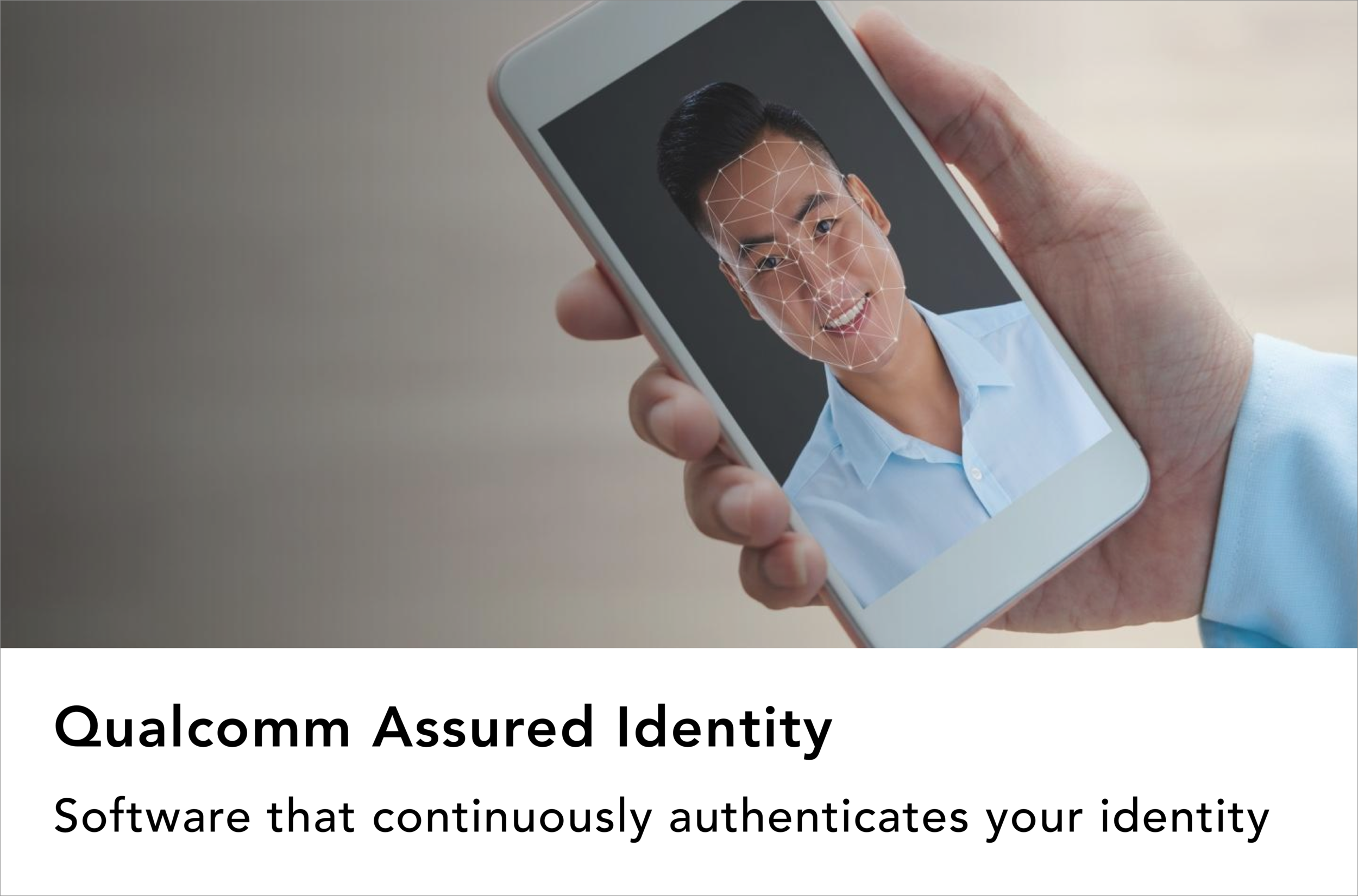
Qualcomm
Qualcomm Assured Identity
Designing usability studies and onboarding flows for identity authentication software
June - September 2018
UX Researcher / UX Designer
Usability Test / Product Design / User Authentication Design / Survey & Interview
Story
During my internship at Qualcomm, I was the first UX hire within the Qualcomm Cybersecurity Solutions (QCSS) Product Management team. I was responsible for leading evaluative research through usability testing and interviews, and designing flows for user authentication process to enhance the UX of companion software implemented with hardware-based device attestation and continuous multi-factor authentication (CMFA). This software product aims to provide US Government customers with a means of secure authentication through assured identity to prevent outside threats from being able to access sensitive information. I designed an onboarding flow on Android during bluetooth pairing and Windows machine enrollment process. I also conducted competitive market research analysis on upcoming 5G Wireless Economy that will transform infrastructure and automotive industries.
Through this opportunity to work with a talented team, I had the chance to present my research findings and design flows to the Vice President Business Operations at Qualcomm Incorporated, senior product managers and engineering leads. 😊
Research Impact Team and executives accepted 18+ product recommendations on improving the authentication experience before rolling out
Though I'm unable to share all of the details due to confidentiality, I am happy to chat about my experience over the summer - so feel free to contact me if you would like to learn more! Here’s a short overview of my internship experience. 🎉
Overview
Impact Launched the companion identity attestation software on a Snapdragon-powered mobile security platform through a DoD pilot program 🎉🎉 Check it out here!
Team Cybersecurity Solutions Product Management
Qualcomm Continuous Multi-Factor Authentication
CMFA (Continuous Multi-Factor Authentication) was part of an Assured Identity pilot program Qualcomm had with the Department of Defense. DoD had largely used smart ID cards to authenticate users when granting access to various systems. These cards are like fingerprints on an everyday mobile phone - they authenticate someone at a point in time. However, after the authentication has been confirmed, the user’s identity needs to be continuously authenticated, or another user could pick up an ID card or an unlocked phone with malicious intent.

CMFA serves to provide a constant method of authenticating a user’s identity. It continually tracks many factors on top of fingerprints, such as voice, location, or even gait (the way one walks) to constantly verify that the user is who they claim to be.

With these, CMFA builds a “trust level”, an ever-changing score that is dependent on the number of verified factors at a given point in time. This trust level is used to access systems with varying levels of security, and is a very efficient alternative to the existing ID cards.
The infographic layout of the journey is inspired by content on dribbble
Reflection
Looking back at my summer internship:
As the QCSS Product Management team’s first UX hire, I served as the advocate for the importance of user experience, introducing much of the cybersecurity team to the intricacies of design thinking.
Throughout my internship, I led and conducted usability studies with cross-functional stakeholders and translated research findings into design recommendations, producing mockups for identity authentication software products. I also had the chance to serve as the primary liaison between QCSS and the corporate UX team.
I worked directly with Qualcomm’s corporate UX team to develop the test plan and initial usability studies for an extensive product that will become a crucial component of government security systems. My work will help QCSS ensure that moving forward, this mission-critical product will meet the needs of government customers, productively improving security aspects that have previously been highlighted as significant pain points.
All in all, I learned a lot while working with product managers, including identifying key parameters for product success and generating insights for new design opportunities.









